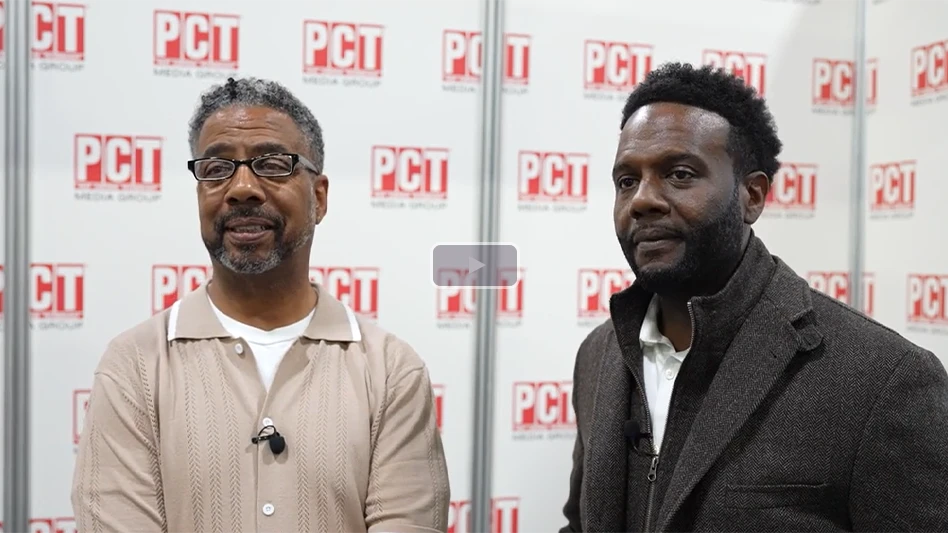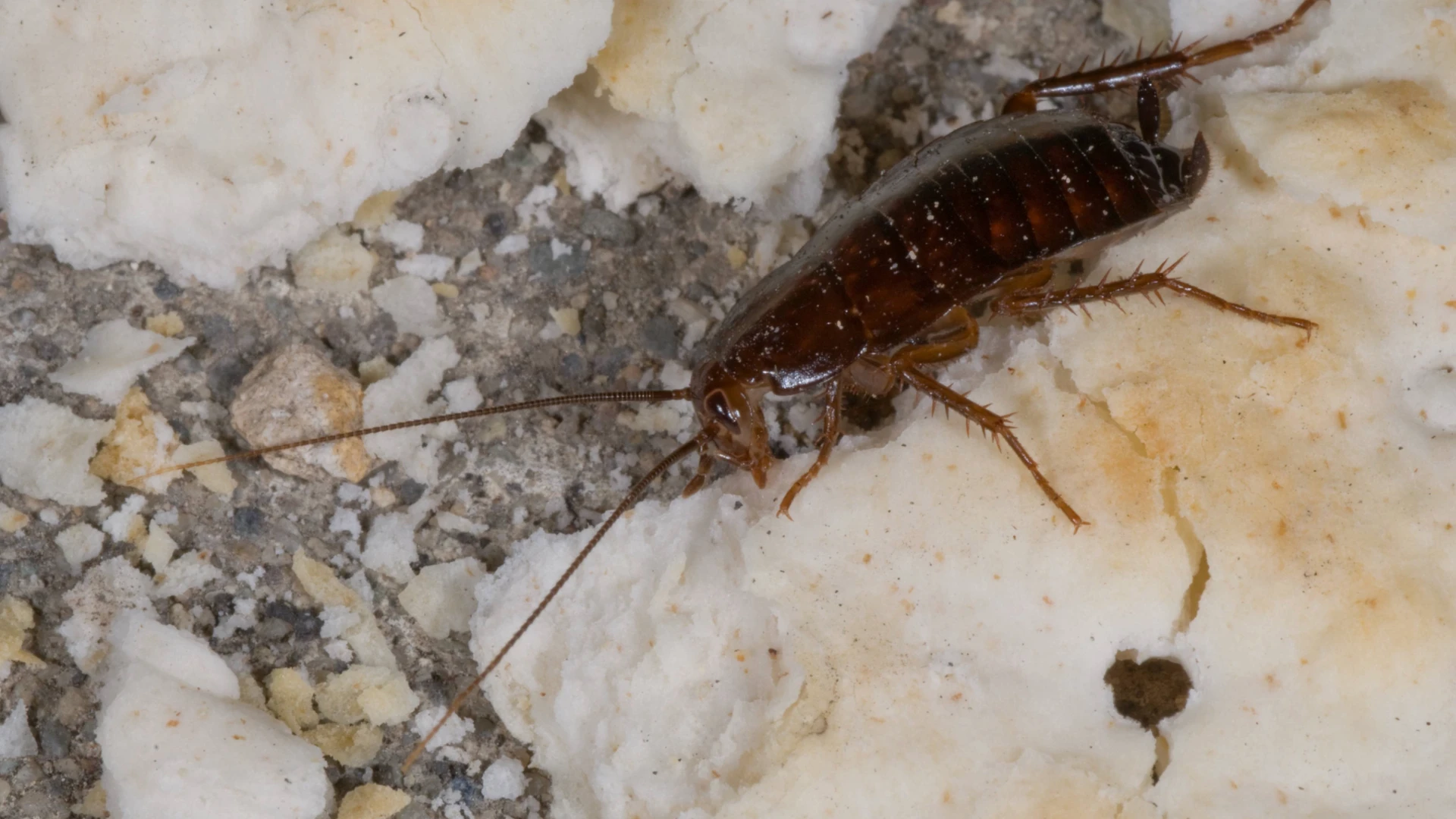For professionals who service grocery stores, restaurants, schools, food plants, warehouses and other food-handling establishments (FHEs), providing some type of pest treatment, such as baiting for cockroaches, ants, installing rodent traps and so forth, should be considered only part of the total service visit.
The remaining — and perhaps the more important — part of the service to FHE clients should be professional advice. For example, advice on how to prevent future rodent (and other structural pest) problems or how to help the client avoid citations from regulatory agencies (FDA, USDA, local board of health) or independent inspection agencies (AIB, Silliker Labs, etc.).
Such advice is usually categorized under the term "conducive conditions." In other words, what conditions exist at FHEs that are conducive towards causing future pest problems or what conditions exist that are hampering pest management efforts, tools and services?
Both pest professionals and clients will sometimes argue that beyond the actual service of eliminating any existing pests, the condition of someone’s store, kitchen, warehouse, doors, walls and so forth, is none of our business. But while no one wants to be intrusive, the fact of the matter is that sanitation and structural issues are inextricably linked to pest populations in and around buildings. Consequently, once we are hired to manage or eliminate pest populations, we must have involvement — or at least input — into those factors affecting pest populations.
The frustration lies in the fact that the layperson doesn’t understand the major significance of a cluttered room, a filthy drain or a warped fascia board, nor how these or other conducive conditions can lead to future pest problems or cause current pest populations to remain at chronic levels. In turn, when a client ignores conducive conditions and pest problems develop and/or continue, it is often you, the servicing professional, who is blamed. This then leads to expensive callbacks, or worse, cancellations and refusals to pay outstanding balances because the client feels justified that you did not control the pests.
EASIER SAID THAN DONE. Yet reporting and discussing conducive conditions inside someone else’s "domain" is frequently easier said than done. The old saying, "be careful — feelings are everywhere" is appropriate. That is, people may minimize compliments you make to them, but may hear any "implied" criticism 10-fold of what you intended.
Moreover, some employees (e.g., an assistant manager of a grocery store) may attempt to intimidate you into not writing anything because they worry that your comments could cause them headaches from their bosses. This is understandable. But failing to record or discuss conducive conditions is not healthy for either party.
For instance, suppose a nursing home that you service is cited by the local board of health. Or one of your restaurants is listed in the local newspaper for containing mouse feces. If you had been religiously noting the various conducive conditions all along, in addition to providing quality service, the bulk of the responsibility for the citation is likely to lie primarily with the client.
On the other hand, if you fail to note conducive conditions repeatedly and issues develop, then the finger pointing is likely to start. Not surprisingly, your client is suddenly wide awake and asks, "Why didn’t you say something? Or, "Why didn’t you warn me?" Now, the responsibility for the "trouble" will be shared. In fact, in serious cases, pest professionals have been drawn into litigation and have found themselves listed as co-defendants.
This puts the pest professional between a rock and hard place. Conducive conditions should be recorded, but it must be done with tact and professionalism.
For example, it would be inappropriate to write on a report or say to a client, "You need to clean up your kitchen," or "Please organize your back room."
Overall, the single most important rule for effectively communicating conducive conditions is diplomacy. Always, always use phrases that confer cooperation, teamwork and above all else empathy. It cannot be overemphasized that part of the "professionalism" in alerting valued commercial clients to conducive conditions is to educate them, not embarrass them.
To accomplish this, the importance of conducive conditions in successful long-term elimination of pest populations begins on the front end of the client/pest professional relationship, i.e., during the sales presentation. Clients should be educated during this crucial time — while the relationship is still new and fresh, that we as professionals are trained to see things they tend to overlook due to their busy days and pre-occupation with running their own businesses. Us noting and listing conducive conditions is part of the value of the pest management service. This, in fact, is why many companies refer to their contractual relationships with their FHE clients as "partnerships."
Thereafter, reporting conducive conditions somewhat takes on a language of its own — sort of "conducive condition speak."
SEVERAL EXAMPLES. Here are a few phrases that diplomatically confer that you need help:
• "I need your help gaining access to the north wall in the back room to maximize my trap (or monitor or ant bait, cockroach bait, etc.) locations."
• "Please follow up with the problem drain beneath the syrup dispensers in the delicatessen."
• "Good job with pest exclusion efforts this past year; but it’s time for brush replacements on three doors (see attachment to this service ticket)."
Notice that embarrassment to the client is avoided with these examples; no fingers are pointed and no blame is placed.
Periodical encouragement for cooperative clients is also important. Feedback such as "Thanks for the great follow through on last month’s items; no major issues this service visit." Or any other words or phrases that convey similar kudos or encouragement are always welcomed. If a particular employee was responsible for correcting some condition, mention them by name with a compliment.
GETTING THROUGH. But what do you do if you’ve written up the same condition three times and still there is no response (which unfortunately is all too common)? Three tips: 1) attempt to tactfully and verbally discuss the issue one on one with the appropriate person. Without being confrontational or accusatory, explain that you wouldn’t bother to write it down if you didn’t feel it was important in helping them help themselves; 2) attach a Post-it flag to the line to let them know you are not forgetting about the issue and/or; 3) highlight it with a highlighter and state it’s the third or fourth request.
Despite your best efforts and notes, some clients will not listen or it may take months to accomplish something simple. This is frustrating, but be empathetic. Remember that nothing is obvious to the layperson — especially issues relating to pests. Clutter, scummy drains, gappy doors and so forth may no longer be “visible” to your client’s eyes. A good analogy is to consider if you actually “see” a sign, painting or some structural defect in your own workplace or home that you pass every day or do you become “blind” due to over familiarity or simply because you are too busy or preoccupied with your own daily events.
The important point is to avoid justifying not recording conducive conditions, because “they never listen to me anyway.”
Finally, and perhaps even most importantly, the recording and maintaining of conducive condition records from a business aspect helps the pest professional re-evaluate whether or not a particular account should perhaps receive a price increase due to excessive callbacks that are directly attributable to the uncorrected conducive conditions.
Editor’s note: The importance of conducive conditions for residential pest control was discussed in April 2001 issue of PCT.

Explore the January 2004 Issue
Check out more from this issue and find your next story to read.
Latest from Pest Control Technology
- Webinar: Maximizing Cash Flow — Key Strategies for Business Growth
- WorkWave Announces Wavelytics
- Rising Rat Populations Linked to Warming Temperatures, Urban Growth, Study Finds
- How Might the 2024 Elections Impact PCOs
- Keeping Track of Termite Identification
- Mosquito Joe Earns EPA's PESP Gold Level Designation
- Texas PestVets Coat Drive Collects Over 850 Items for Soldiers’ Angels
- Conquer Ants Fast!





